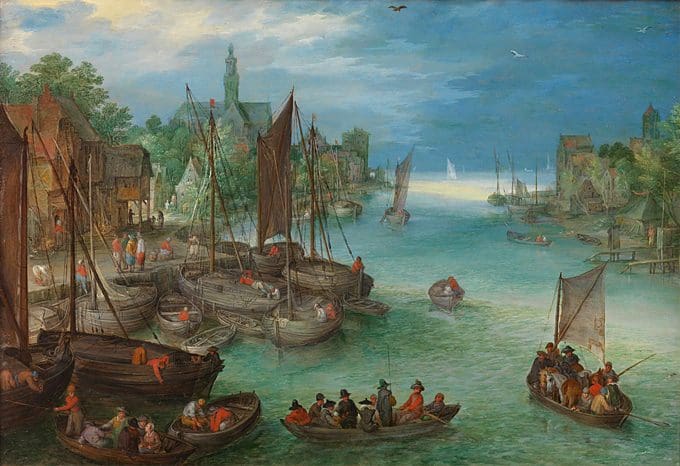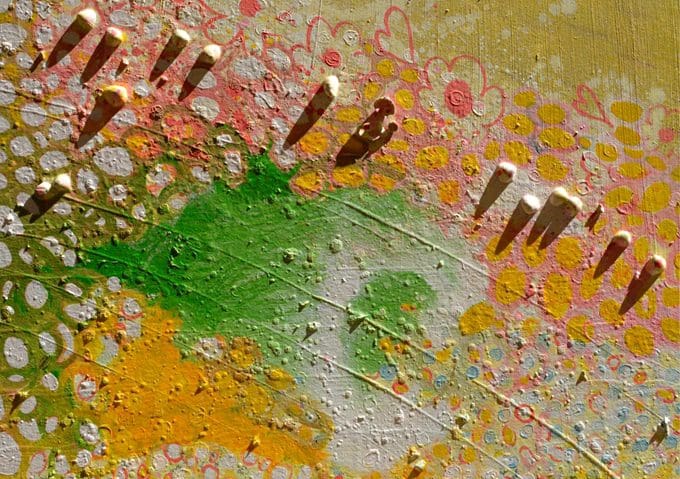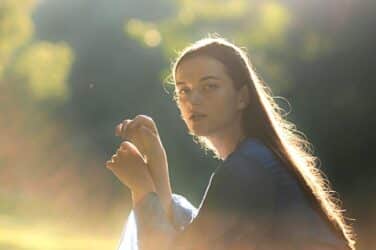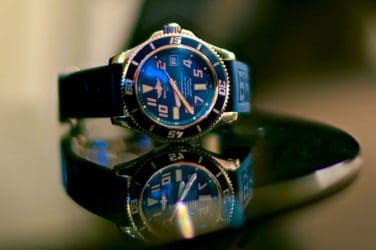words Alexa Wang

Source: unsplash.com
Oil painting is one of the oldest types of artistic expression. The oldest paintings, like those of ancient civilizations, were made from natural pigments and are anything but photoshopped. These days, oil paintings are just as much art and artistry as they are painting.
Oil paintings have been around for centuries and artists have come up with many interesting techniques in the past. Today, there are many different types of oil paints, ranging from watercolors to acrylics.
At first glance, creating oil paintings may seem quick and easy. But when you become more experienced in oil painting, you can create works of art that outshine your fellow peers.
This article will go into more detail about oil paintings, the history of oil paintings, and the types of oil paintings that exist.

What’s An Oil Painting?
Oil painting is the process of painting with pigments such as oil, watercolor, or acrylic on a solid surface.
Oil paint is generally a medium to thickly concentrated paint mixture of pigment and a solvent. Oil paint is derived from mineral oils, animal and plant sources, such as pine nut oil.
The artist combines a paint blend with gesso, which is a mixture of glue and flour. The mixture is applied, which is then covered with another layer of paint. The process is repeated until the desired finish is achieved.
Oil painting is one of the oldest and most common specialties in art. You need to learn not only about the history, but also about how to look at the form and the importance of composition.
Because everything in oil painting has to be on your canvas, you’re constantly thinking of new ways to visualise and capture it.
The History Behind Oil Painting Landscape
Oil painting is an ancient form of art that has been used for over 1,000 years. It consists of preparing an oil paint surface on a flat surface, like canvas or board, and applying it with a round stiff or fluted paintbrush to produce an image.
Oil painting as an art form was first introduced in Europe in the 15th century. Jan van Eyck is best known as an Early Netherlandish painter.
He also made some art history-changing works, like the ‘Ghent altarpiece’, one of the most influential works of art of all time.
Jan van Eyck mixed linseed oil and oil from nuts with a wide range of colours. But van Eyck wasn’t the only one to create oil paintings. Leonardo da Vinci, Picasso, and Robert Campin all made artworks using oil paints.
Oil painting is an ancient method of painting that has evolved over the millennia to incorporate several different techniques, depending on the place or time period at which a painting was created.
Ancient oil paintings were created using pigments ground directly into the canvas, using brushes made from animal hair. Most oil paintings created today are from paints mixed with a combination of pigment and oil.
What Do I Need For An Oil Painting Landscape?
A professional portrait painter works with oil paint to create detailed pictures. Oil painting is a well-established method of painting, and as such is a highly respected area of the art world.
Painters use many different tools, brushes, paints, and rollers in order to create the finished picture. The level of detail in each painting has the potential to make a great piece for framing.
The ultimate goal of oil painting is to create a beautiful and inviting work that people will want to hang on their walls.
It requires a lot of research into what your artist likes, needs, and wants, and then finding artists who can capture those elements and transfer them onto canvas in a way that works for you.
Those artists are very specific in their style, their color palettes, and the type of artwork they want to create. This process is not only time-consuming but also often expensive and exclusive.
Visit our website to look for oil painting landscapes. You can even buy them with Bitcoin!









